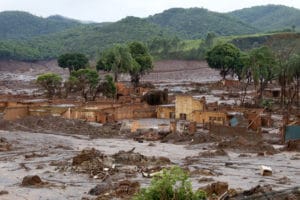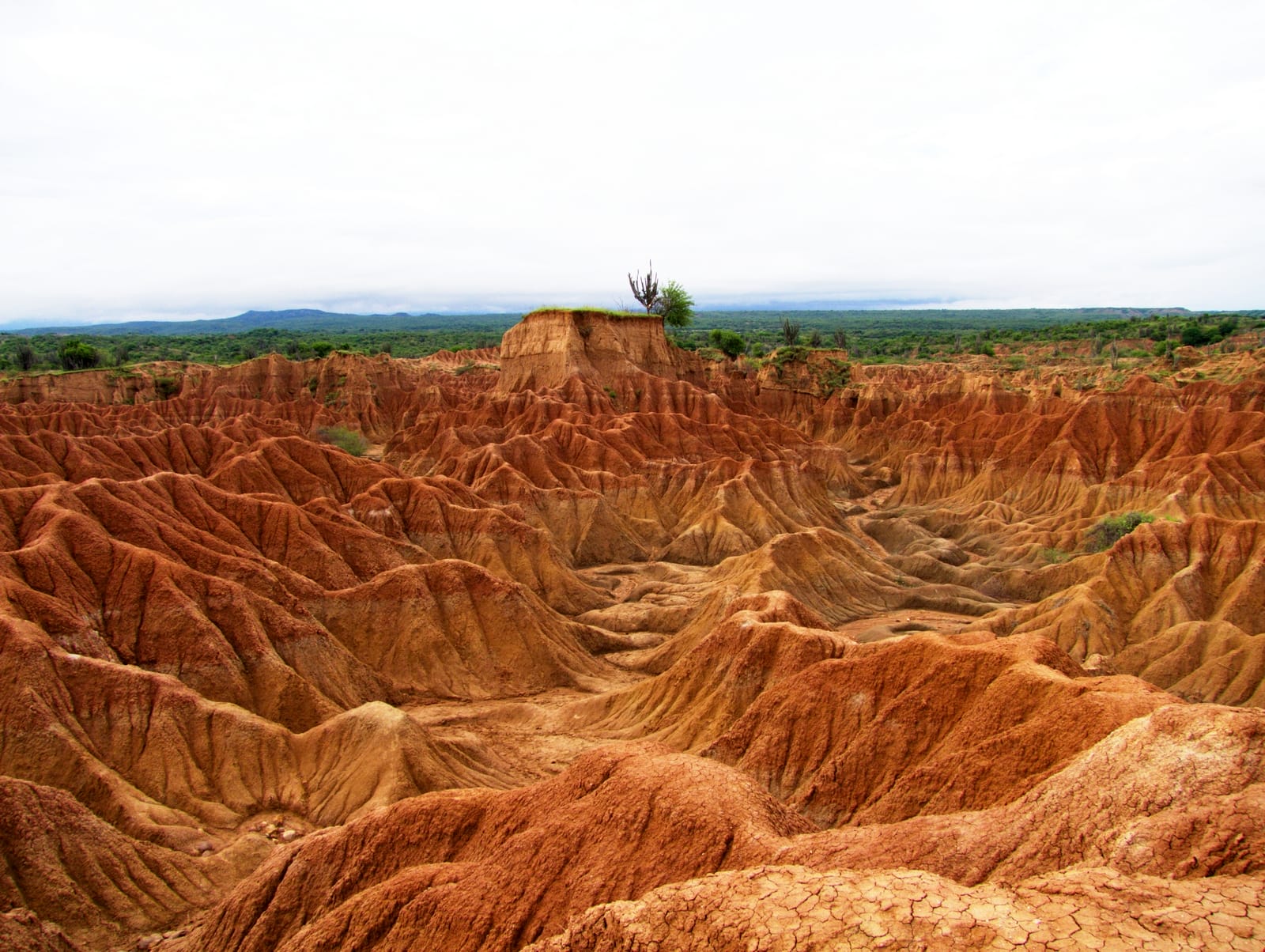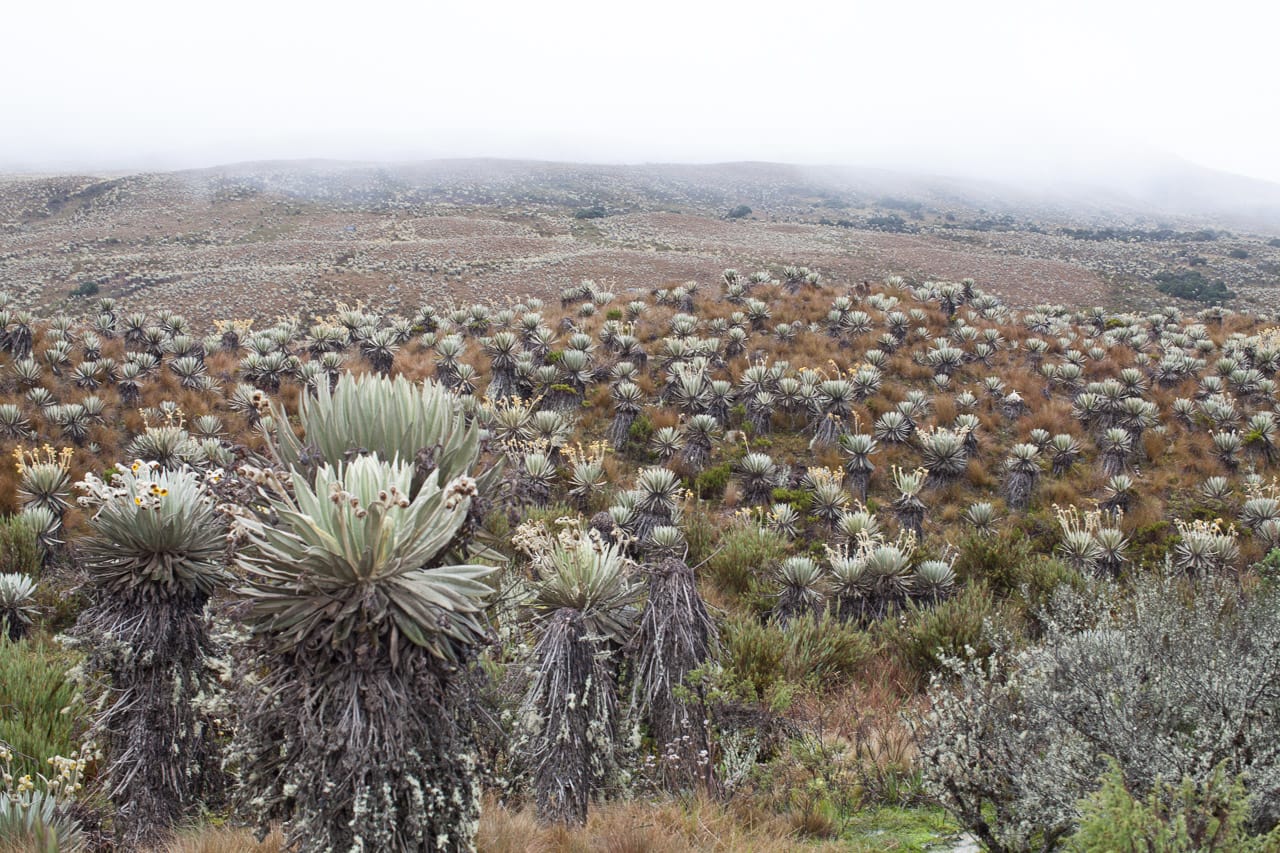The collapse of the Brumadinho mine tailings dam in Minas Gerais state in Brazil on 25th January was a triple tragedy.
First, of course, is the unimaginable horror of as many as 350 people being buried alive under a torrential reddish-brown wave of 13 million cubic metres of rock and mud, the deadliest mining disaster in decades.
Second, is the long-term damage the disaster will do to people’s livelihoods and the environment in Minas Gerais. This is, after all, is the same State that was hit by the Fundão tailings dam collapse in 2015. That dam collapse killed fewer people – 19 – but released three times as much waste material, 33 million cubic metres of it, which pulsed 650 kilometres down the Doce River until it emptied into the Atlantic, 17 days later.
It choked the river, killing fishing grounds and poisoning the surrounding vegetation. The Fundão disaster (also known as the Samarco disaster, after the company that operated the mine) was, at the time, Brazil’s worst environmental disaster. Nearly four years later, the area still hasn’t fully recovered.

The third tragedy is that this disaster, the third such event in five years, was both predictable and avoidable. The danger posed by tailings dams has been raised repeatedly by experts and civil society groups in Canada, the US and Brazil, by international organisations like the UN Environment Programme and by industry associations like the Initiative for Responsible Mining Assurance.
And yet regulators and the mining industry have not done enough to reduce the risk of these catastrophic risks. As the glitterati of the mining world gather in Cape Town this week for the Mining Indaba, their own industry version of Davos, let us hope that momentum gathers to do something about the ticking time bomb of unsafe tailings dams.
The mining of metals like iron ore, copper or bauxite or the extraction of bitumen from tar sands creates huge quantities of waste. Often, it’s many times the volume of commercially viable material produced. The typical response has been to store it as cheaply and as close to the mine as possible. Often this is done by pumping a liquid slurry of waste material behind an earthenwork dam which is progressively built up as the level of material rises. This broad concept hasn’t changed in more than a century.
The volumes involved are staggering. On an average day, a large copper mine might excavate 270,000 tonnes of rock and use 114,000 cubic metres of water to produce 1,750 tonnes of concentrate ready for further refining into metal. The process generates 180,000 tonnes of waste rock, which is disposed of on-site, as well as roughly 200,000 tonnes of slurry tailings. These are continuously pumped into a tailings dam. This will happen every day of the year, often for 20 or 30 years. It is then left in situ when the mine closes. Unsurprisingly, these dams can be immense; the biggest are among the largest man-made structures on the planet.
Amazingly, no one really knows with any degree of precision how many of these dams there are, where they are and what state they’re in. There could be as many as 10,000-15,000 tailings dams, of varying size, around the world. Many will be susceptible to wear and tear, flood events and earthquakes. Every tailings dam contains a different ‘soup’ of materials but, in addition to vast quantities of mud, silt, rock and water, they can often carry highly toxic materials, heavy metals, metalloids and other chemicals used in processing the ore.
In 2000 two dam failures in the space of two months in Romania released more than 200,000 cubic metres of contaminated water and 40,000 tonnes of tailings into the Tisza river system and then on to the lower Danube. This included between 50 and 100 tonnes of cyanide as well as copper and other metals, making the spills the worst environmental disaster in Europe since Chernobyl.
Likewise, the August 2014 Mount Polley tailings dam collapse is now seen as Canada’s worst environmental disaster. The collapse released an estimated 25 million cubic metres of tailings and waste water from a large open-pit and underground copper-gold mine into a nearby creek, causing huge damage to the surrounding rivers and environment of British Columbia.
Although the frequency of such events has gone down, they are still happening all too often. One reason is that companies are able to get away with it. Large mining companies are politically influential players and able to influence the agenda around mine safety to weaken regulations and lower costs for themselves.
A second, and linked, reason is that governments are unable to set or enforce appropriate standards and don’t necessarily have the technical expertise to judge the complex risks presented by the dams.
A third reason is that communities living below these dams are not being equipped with the knowledge or the emergency systems to mitigate the risk of tailings dam accidents to lives and property. Samarco, the company responsible for the 2015 Fundão dam collapse, reportedly had no emergency plan, warning lights, or sirens that could be activated to alert employees or villagers so that they could get to higher ground before the wave of slurry hit.
A fourth reason is that shareholders, who may take the companies’ often-complacent risk analyses at face value, are not putting enough pressure on companies to fully deal with these unpriced risks. With the estimated cost of the Fundão disaster costing the two companies involved, Vale and BHP Billiton, in the region of $5 billion dollars, this may be changing in the case of Vale (which is also implicated in the Brumadinho collapse), but this may be too little, too late.
Ultimately these devastating events shouldn’t be labelled accidents, nor should they be shrugged off as a regrettable but inevitable cost of doing business.
These events are avoidable. For years, though, they seemed to happen just infrequently enough to dull any momentum for significant action. The Brumadinho collapse is the third major event in five years, so hopefully this will now change.
And there is much that can be done. As a statement from the Initiative for Responsible Mining Alliance noted, Brumadinho “provides tragic evidence for the pressing need for rigorous, high-bar standards in the mining sector.”
Mining companies, for example, should urgently review all their dams and put in place remedial measures where necessary. They should apply ‘best in class’ technologies and find alternatives to wet tailings storage. Vale, for example, has already announced that it will decommission its upstream tailings dams in Brazil. Other companies need to do the same, and do so globally.
Governments, meanwhile, need to tighten and better enforce environmental regulations and find ways to hold companies accountable for their transgressions. In Brazil, for example, the Fundão and Brumadinho disasters have led to several dozen arrests. Safety checks also need to be more thorough. The fact that the Fundão dam passed a safety check in September 2018 just goes to show that the checks are insufficient. Meanwhile, local communities vulnerable to possible dam collapses need to be informed of the possible risks and be equipped with the necessary early warning systems to reduce any loss of life in the event of an accident.
Over the longer term, we collectively need to find ways to recycle existing materials so that, in future, we dig out less, reduce the volume of waste we create, and reuse that waste in more creative ways.



